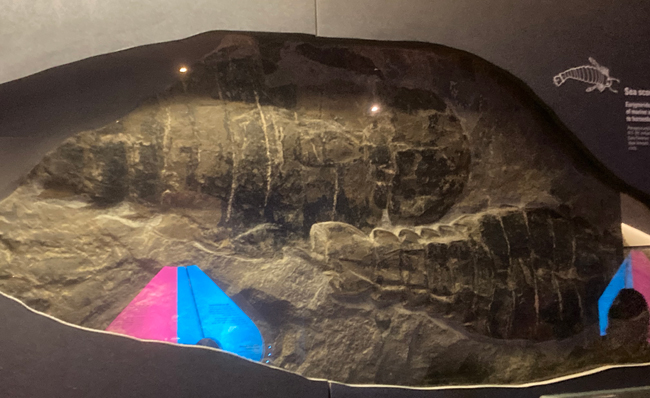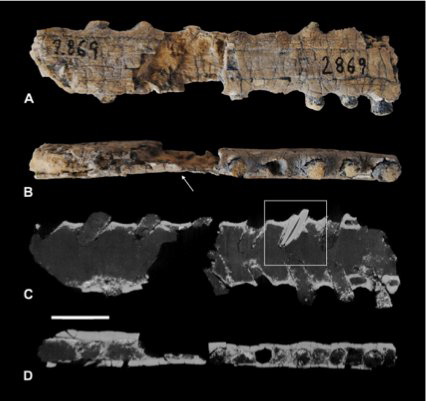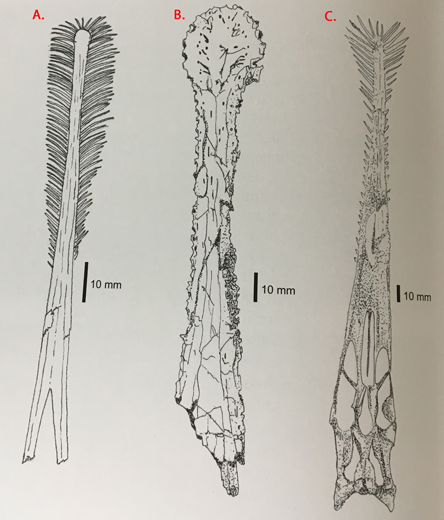A Fabulous and Rare Fossil
A fabulous pair of eurypterid fossils photographed in the London Natural History Museum.
Spotted in the British Museum (London), two beautifully preserved sea scorpion fossils. The picture (below) shows a wonderful example of what looks like a fossilised, giant woodlice. However, all is not as it seems.
Sea Scorpion Fossil Specimens

Picture credit: Everything Dinosaur
Woodlice are isopods and members of the Arthropoda Phylum. Eurypterids are arthropods too. Both have segmented bodies and share several anatomical characteristics, but they are only distantly related.
Probably originating during the Ordovician, eurypterids persisted until the Permian. Both marine and freshwater forms evolved. Some marine eurypterids represent the largest arthropods known to science. The largest described to date is Jaekelopterus rhenaniae. Based on a forty-six-centimetre claw fossil, palaeontologists have suggested that J. rhenaniae reached a length of 2.5 metres or more.
To read an article about this giant, Devonian sea scorpion: Claws! The Giant Jaekelopterus rhenaniae.
Eurypterid Fossil Specimens
Although the eurypterid fossils on display are not as large as the biggest species of Jaekelopterus (pronounced Yay-kel-op-ter-us), they are still impressive.
A spokesperson from Everything Dinosaur commented on the details preserved within the fossil specimens and stated:
“When you see up close stunning eurypterid fossils, you gain an appreciation of the diversity and variety of life on Earth. It is hard to believe, but for more than 150 million years these amazing arthropods thrived, outcompeting vertebrates. Many forms evolved to become apex predators.”
Visit the award-winning Everything Dinosaur website: Everything Dinosaur.



